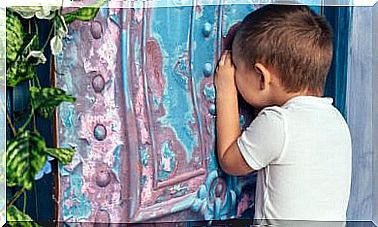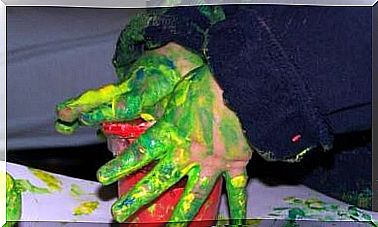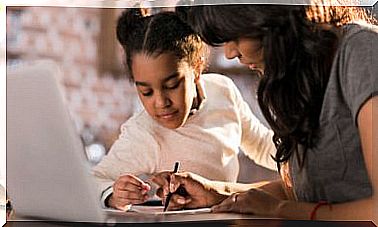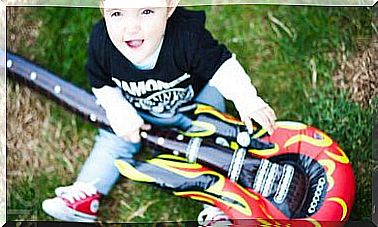9 Interactive Activities To Improve Language In Young Children

Language development is a vital part of communication in the early years and throughout life. Children begin to learn language very early in their development. Those funny lullabies that parents make to their babies are the first steps on the road to language development.
So, do not miss some of the interactive activities to improve language in young children that we propose below.
How to develop language through interactive activities?
Language is something that children acquire as they grow and learn. The best way to develop it is through interaction. The way to interact with children is to spend time with them, and the best learning opportunities are found during play.
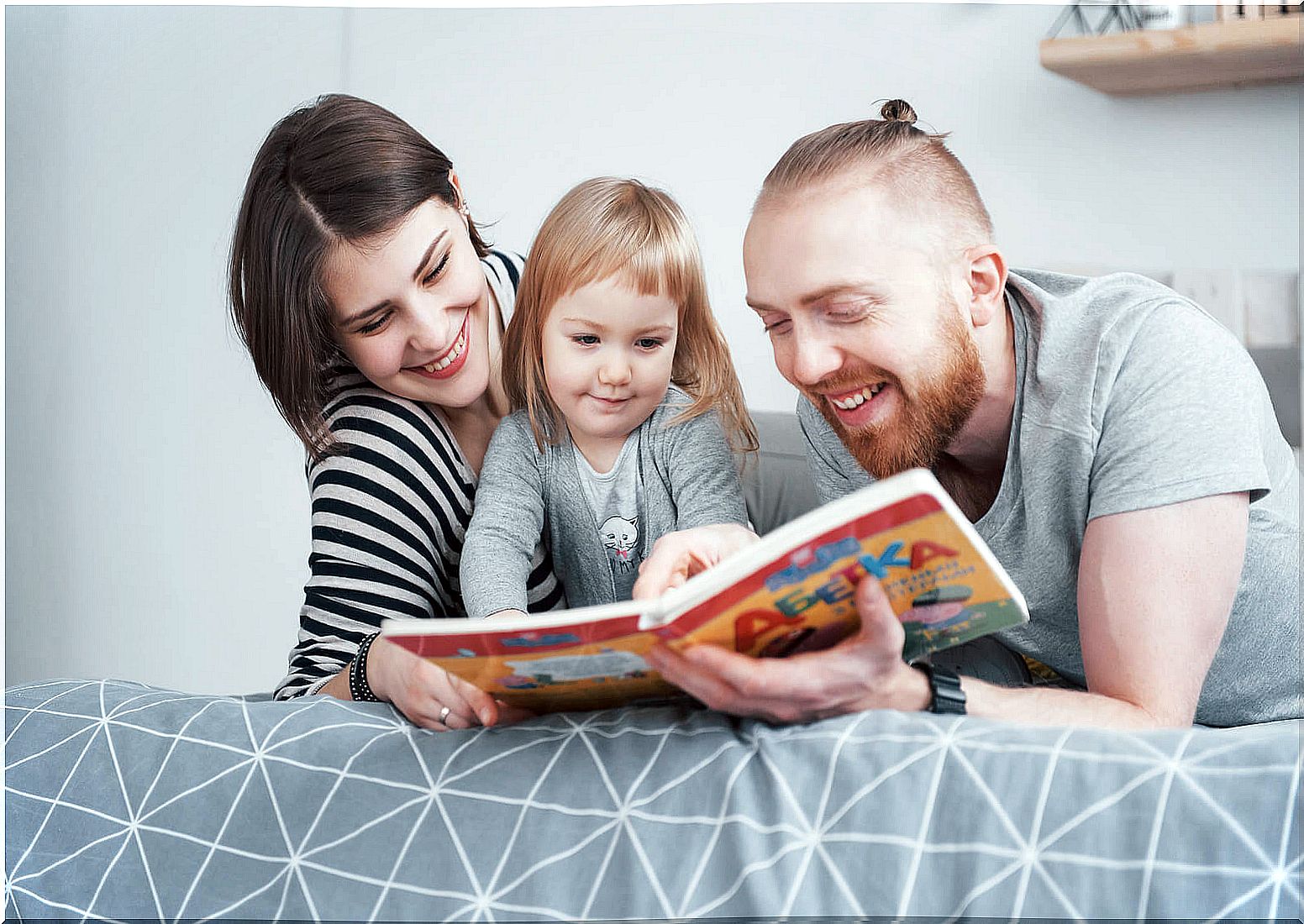
1. Storytelling to improve language
Books and storytelling are one of the best ways to promote language. So, read your children age-appropriate stories or just tell the story through the pictures. Begin the first experiences with books with board books and use sensory books to encourage your child to touch and feel the elements of the pictures.
2. Musical games, one of the best interactive activities to improve language
Children love moving around with music and playing musical games. Here are some ideas so that your children can enjoy interactive musical activities and that, at the same time, can improve their language:
- Play songs to dance and clap to the beat.
- Get out percussion instruments, if you have them.
- Make your own rice shakers in a bowl.
- Learn about sound: songs loud and soft, fast or slow, and happy or sad.
- Sing familiar songs, as it also helps develop language.
3. The costume box
A collection of stylish clothing will encourage fantasy play and role play. Children can pretend to be someone else and use new vocabulary in their imaginative role. Find old hats and shawls at charity shops or visit party stores for fun wigs and masks. Join in the fun and dress up. You will have a great time!
4. Illustrated books to enhance language
Picture books and nonfiction books provide excellent language development opportunities. Many picture books relate to specific topics; looking at a page about the farm, for example, teaches a variety of vocabulary related to them.
Find out what your child is interested in, look for different topics and encourage him to point to and say the names of the pictures. Some picture books are puzzles with elements hidden in the pictures or have illustrations to identify the differences. These types of books promote observation skills and language stimulation.
5. Gardening at home, another interactive activity to improve language
Going out in the garden and appreciating nature is a great way to build vocabulary. Learning about plants and nurturing them are valuable life skills.
If you don’t have access to a garden, try growing something in a pot or planting some herbs in the kitchen. A visit to a park or nature reserve will encourage vocabulary learning outdoors.
6. Puppets to enhance language
Playing with puppets and making up shows with them is wonderful for language development, as children feel free to speak through their puppet friend. Holding one of them in each hand is an opportunity for a conversation between the two puppets.
The little ones love to invent puppet shows ; they can tell their favorite fairy tale using puppets and entertain the whole family. In addition, they will be able to express themselves verbally about things that concern them more easily.
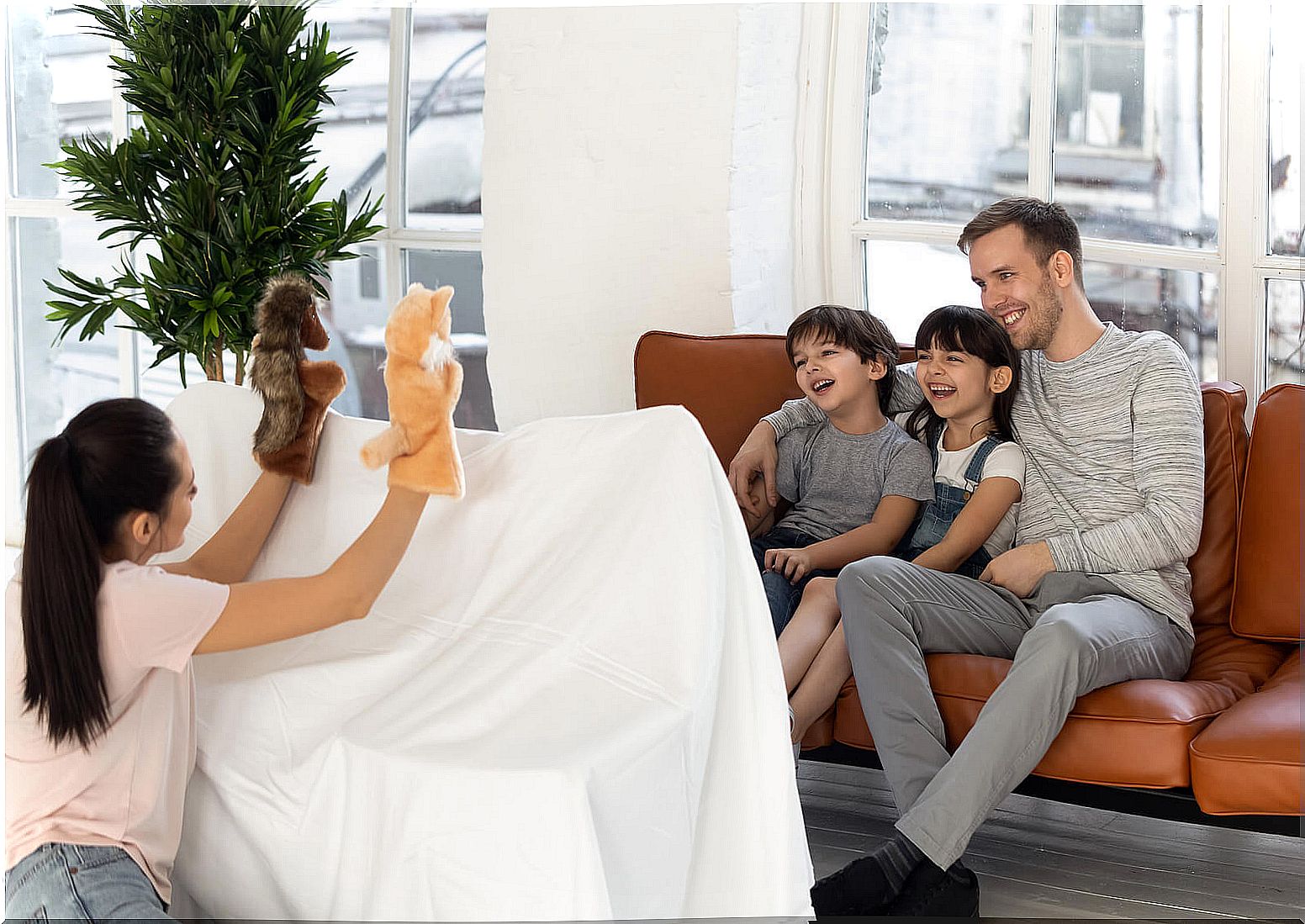
7. Fun with paper plates
Paper plates are very versatile and are available in different sizes and colors. In this sense, many activities and crafts can be done with paper plates.
Save a box of creative supplies like stickers, glue, yarn, pieces of felt, old magazines, colored sticky paper, markers, and stamps, and let your child experiment with making masks and other creative crafts.
8. Fantasy game at home
Creating fantasy scenarios at home really encourages language and helps children have different social experiences in the comfort of their own home. Here are some ideas for fantasy games:
- Create a shop corner and play “shopping”.
- Host a tea party and invite a friend of your son to dress up with you.
- Play to have a wedding or party.
9. Children’s songs and finger games
Saying rhymes and learning to play with your fingers helps develop language by repeating and memorizing the words of the rhyme. Repetition is very important in learning a language. If you are not familiar with the old favorites, listen to songs on YouTube. Singing fun songs together will increase your child’s vocabulary in an entertaining way.
In short, with these activities you can stimulate your child’s language and, in addition, you will have a great time together. They are ideal interactive activities for the little ones that you can do every day and enjoy this quality time together.



